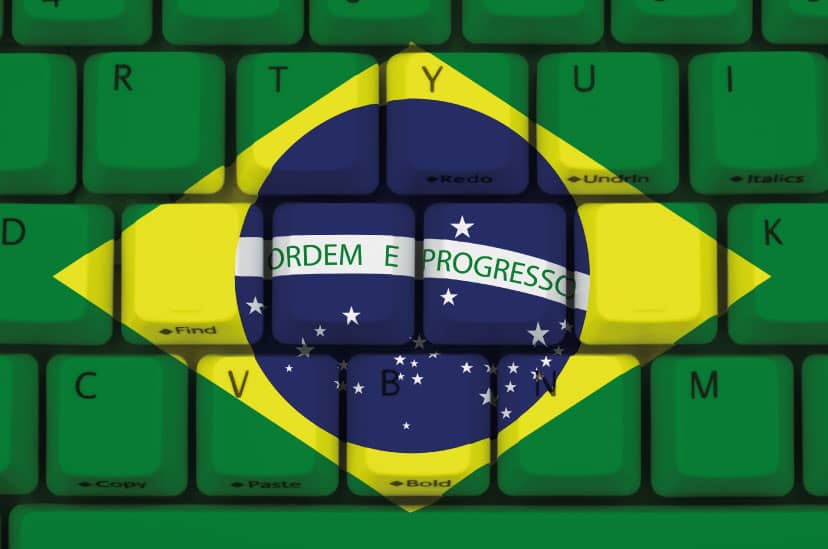Successful businesses share the ability to adjust their organizational structures to maintain their efficiency and competitiveness in the market. And the foundation for this process is the alignment between values and long-term strategies, which, in turn, must be reflected in operational activities.
The main responsible for ensuring this synergy are the leadership. A Gallup survey showed that 70% of employee engagement and productivity are directly linked to the actions of their leaders. Therefore, strengthening the tactical layer is essential for the planning to be effectively translated into practical actions.
ToMarcus Marques, a reference in business management and founder of the Acelerador Group, companies that implement periodic and strategic changes in their organizational structure are better able to navigate market uncertainties. "Masterful planning is not a luxury, it is a necessity. Every adjustment, plan, and strategy must be made with precision and foresight, so that the company not only survives but prospers and stands out in such a competitive market," affirms the expert.
- Strengthen strategic leadership
Strong leadership aligned with the company's values is essential to guide sustainable growth. They must act as guardians of the mission, vision, and values of the business, ensuring that each decision is connected to long-term objectives. "Strategic leaders are those capable of anticipating trends and adapting to the market without neglecting corporate values, since the company's culture must be followed in order to achieve results," explains Marques.
By 2025, it is essential for leadership to keep up with trends and incorporate agile and data-driven methodologies, such as the use of artificial intelligence. However, this integration must be carried out carefully and aligned with the specific needs of the business, ensuring that it is adopted sustainably. "When used with purpose and clarity, innovative tools that make sense with the business connect the company's objectives to daily practices, promoting better results," emphasizes the specialist.
- Empower the tactical layer
Managers, supervisors, and leaders, who form the tactical layer of the organization, play the role of connecting strategy to daily operations. When trained, these professionals are able to turn strategic guidelines into practical actions.
Companies that train their managers reap benefits such as greater team engagement, reduced errors, and a more agile implementation of planning. "They are the bridge between the management's vision and operational execution. Investing in continuous training and methodologies that facilitate communication and performance monitoring makes all the difference," recommends Marques.
- Optimize operations
The organization and good performance of employees directly reflect the success of strategic planning. Trained, well-prepared, and agile operational teams can deliver results with fewer resources, optimizing costs and enhancing the quality of products or services.
For Marques, the key lies in the precise execution of each adjustment in the organizational structure. "Enhancing operations is not just about efficiency, but about creating a culture of continuous improvement. With a well-structured plan, changes cease to be risks and become opportunities for growth," he concludes.











